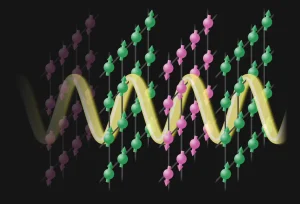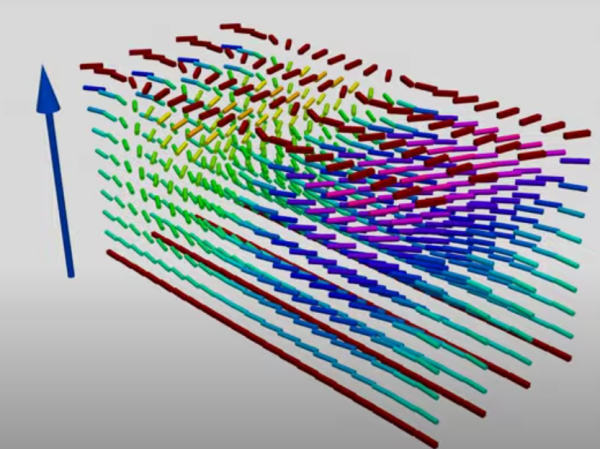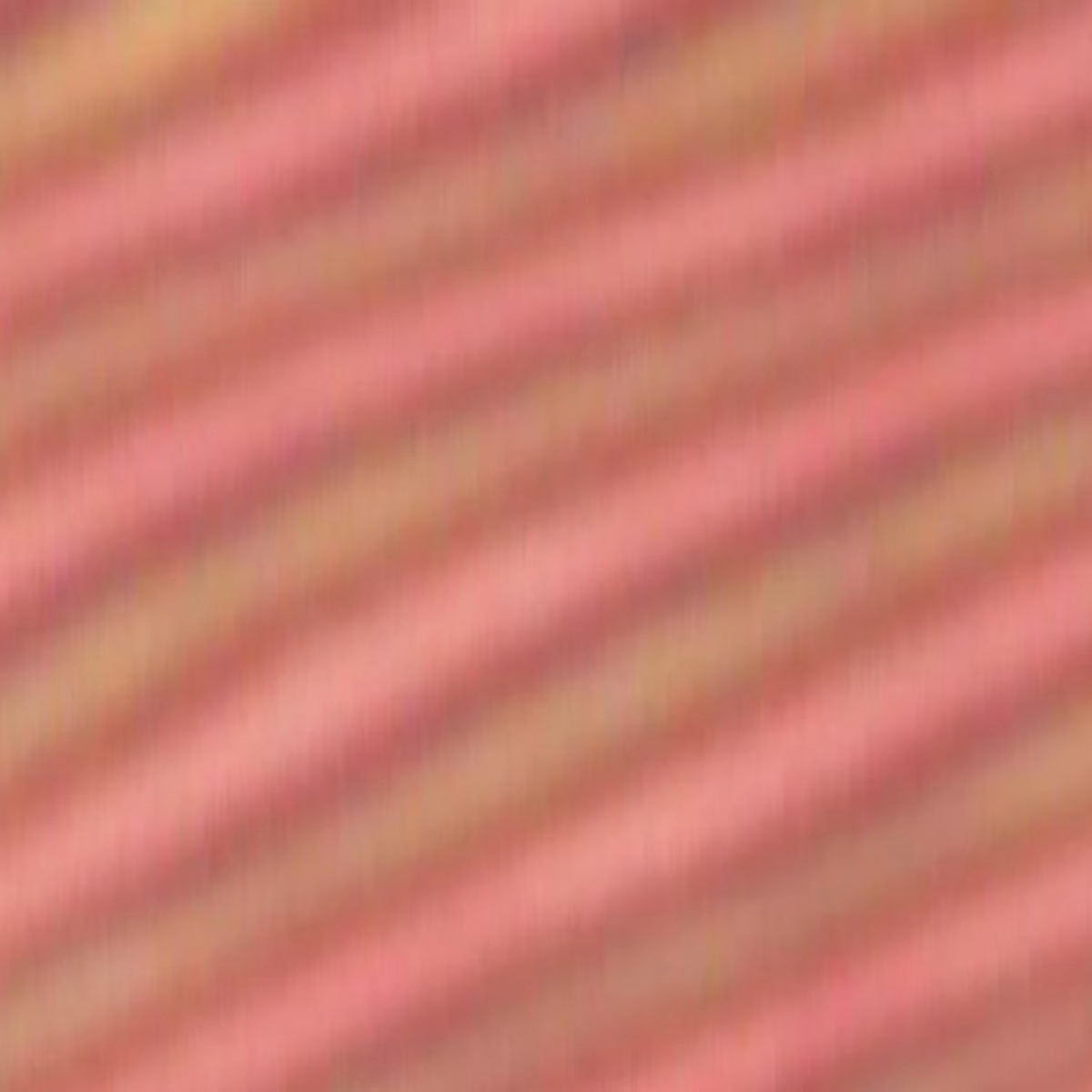A few weeks ago, a team of physicists at the University of Colorado Boulder created the first-ever “time crystal”.
A time crystal is a crystal made of liquid, similar to the material on a phone display.
They are made in labs by shining a light on a liquid-crystal film between two glass plates. It breaks time symmetry through quantum entanglement, a process that occurs through superposition (the concept in which an atom is in two states at once until tested, popularly associated with Erwin Schrodinger’s experiment on a cat in a box with a vial of poison).

Basically, the crystal not only repeats in space, but also in time. A time crystal can work without any energy from an external source. “In theory, it should be able to go on forever,” says Chong Zu, assistant professor in physics. Imagine it like a video game character moving on its own without having to press any buttons on the controller. A time crystal does not break the laws of physics, so it is different from a perpetual motion machine in that sense. However, a visible time crystal does need energy. It requires light to form a visible pattern over time because it exists in a non-equilibrium state; however, it remains stable and can recover after a temporary disturbance. With all of this in mind, just because it is named “time crystal” does not mean it is a time travel device. There is no evidence to support that.
Furthermore, time crystals can offer a more precise way of measuring time. Due to its minimal energy loss over extended periods, it aids in timekeeping. There are numerous applications for time crystals, and now that they are visible, there may be even more. They have confirmed fundamental theories of quantum mechanics and have given us much to learn about in the future. Time crystals are considered a new phase of matter because they repeat in time, revealing the pattern by which the substance moves at an atomic level.
Time crystals can have a massive effect on quantum computers. They can provide more stability to qubits (quantum bits), which can solve problems in computers exponentially faster than a regular computer. This may potentially revolutionize the way we solve problems, since it is more productive than the world’s best supercomputers.

Additionally, time crystals could also be used to enhance counterfeit technology, which prevents the sale of fake products and piracy. This affects the consumers too, because by avoiding the selling of counterfeit products, people do not have to suffer through the pain of buying what they think is the real product again. For example, if you want to check if a $100 bill is real, simply place the crystal over it, and the patterns that appear will indicate whether the currency is counterfeit. The use of visible time crystals not only affects us economically but also affects the government. A visible time crystal aids data storage when stacking crystals, helping other fields of work, such as engineering.








